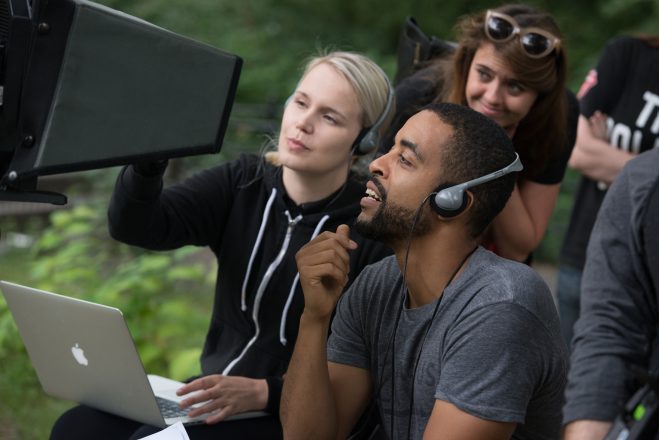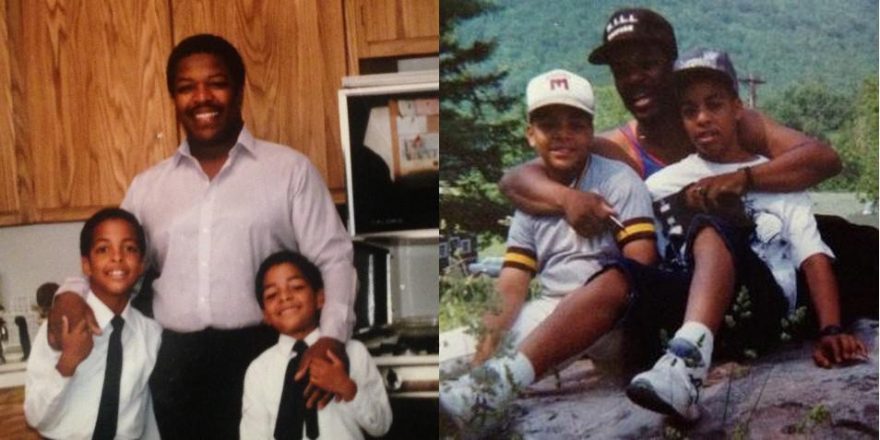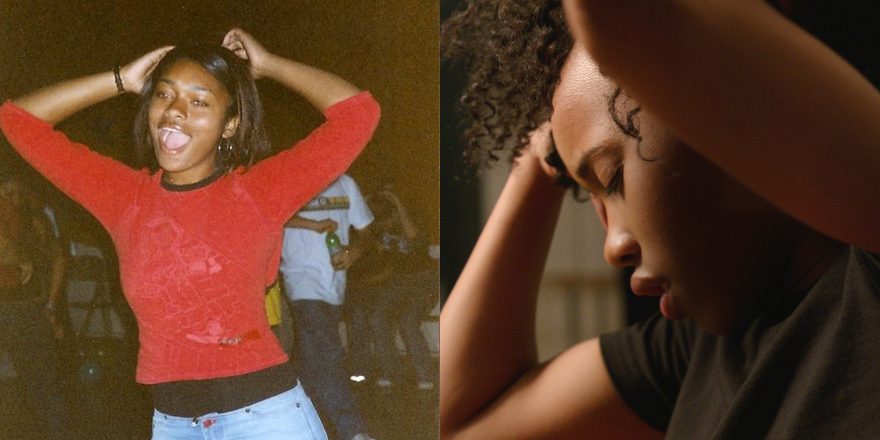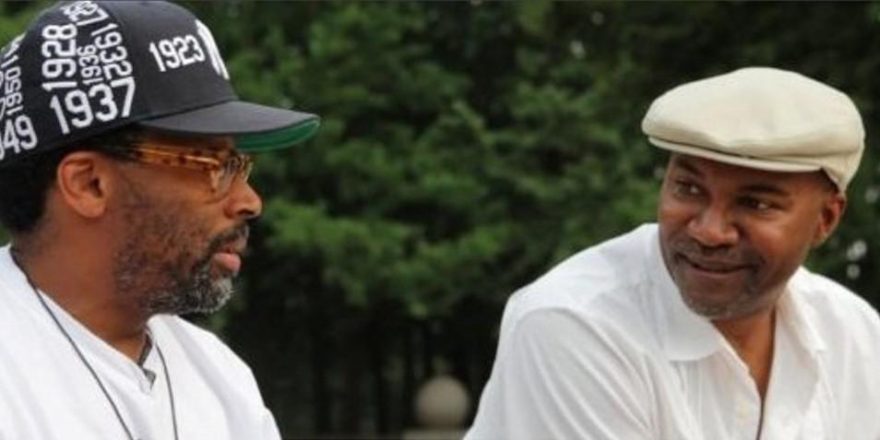Several years ago when my dear friend and co-writer, Zora Howard, and I first sat down to write a feature film together, we didn’t know what we’d write about. We discussed what themes and subjects we wanted to explore. We asked ourselves what we felt was missing in present-day black cinema. We felt there was an overabundance of black films with narratives driven by playing the race card with themes of black victimization, black fear, black pain and black death. Although we understood the impulse to explore narratives of black trauma, we wanted to do something different with our film. We decided instead to explore black life and black love. In the current cinematic climate, we viewed simply telling a young black love story as a radical act.
Black pain is profitable. It’s one scary little fact about our world that we’re afraid to admit. Liberals profit just as much from it as conservatives, if not more. Even when one’s intention is pure, by wishing to eradicate or cure societal injustices, organizations, news outlets, film festivals and artists can sometimes be guilty of perpetuating the very narratives they wish to change. When profit is the motive behind choosing which stories to tell, then the reality is much worse. When it comes to black stories, and which films get greenlit, by and large, films that deal with black trauma and pain have a significant leg up over films that don’t. Racism, poverty, slavery, oppression, police brutality, the fight for equality, violence against African-Americans and the retaliation against their oppressors; all these themes are considered sexy and topical. Whether they’re ripped from the headlines or from history books, the images and stories with African-Americans at the center usually exhibit pain and atrocity. Our stories are almost always told in relation to whites as the oppressors, or as a counterpoint to the dominant culture. Of course, we can understand why. America has a very complex and complicated history in regards to racial relations. Yet rarely do we see films about African Americans that are simply about us living normal lives, lives that do not depend on the approval or acceptance of whites, that can exist outside of its relationship to the dominant culture.
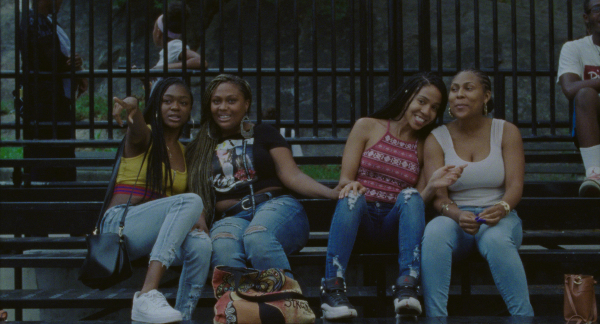
Getting an audience to experience empathy for your character in storytelling is a surefire way to win over that audience. But there are two ways to go about doing it. One is by begging for sympathy in presenting lives that are so drastically different from your own lives, by asking you to feel sorry for us. And as the dominant culture, you often buy into this setup. If you can go to a film and feel sorry for someone else because of how oppressed they are, it feels like you’re doing something. And if you feel partly responsible, part of the problem, or are able to experience an emotional catharsis because a film makes you feel guilty, even better. That guilt makes you feel human. You can tell your friends to go watch a film because the guilt you felt when watching it made you feel repentant, but in reality we aren’t addressing the problem. We’re simply entertaining you, and making a profit while doing so.
The other way to gain empathy is by presenting stories about lives that are not unlike the lives you live. They just happen to have brown and black characters at the center. In this way, when watching films about other people or other cultures, you can experience the story as if it were you at the center, because you actually relate to the character and universal themes of the story that’s presented. This path, of course, is not as sexy, not always as profitable, and the films are a lot harder to get made.
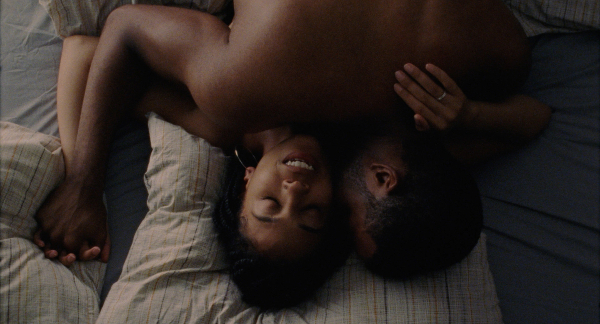
When Zora and I were writing Premature, a simple love story about a young black couple, I knew we were in for an uphill battle when it came to financing. Especially since our story doesn’t end with someone dying or being shot dead in the street, I knew it would prove even more difficult. Luckily, we wrote the film in such a way that no matter how many nos we received when attempting to raise funds, if push came to shove, I’d be able to greenlight the project myself. This is not to say that I’ll never make a film that deals with oppression. I’d be hard pressed not to. This particular story simply offers an alternative to the types of stories we’re so used to seeing.
Artists must continue to fight the good fight in order to tell the stories we need to tell. If there’s one thing I’d change about the industry, it’s how influential it is over the art that’s produced. I’d take the fear and profit motive out of the decision making behind which art and artists receive support. Artists must realize that we actually hold the cards in the industry. Without artists and the art we create, there would be no industry. If artists decided to take a break, or not create for a year or two, the entire infrastructure would crumble.
There is no shortage of artists and there never will be, which is why the industry will always exist. Yet if all the agents, managers, studio heads, production companies and festival executives decided to quit, art would still exist. The artist would still be here, and would still find a way to get their art seen by an audience. It’s the gatekeepers who are dependent on artists, not the other way around.
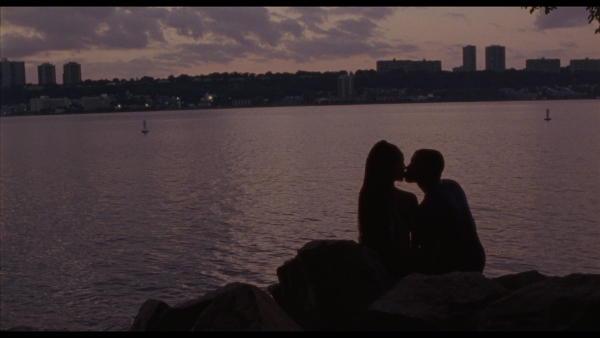
But that’s not how we see it. We often look at the gatekeepers as the ones with all the control and power, because they’re the ones who get to say yes and no. They’re the ones with control over which projects get greenlit and which ones don’t. The trouble with that notion is they then have more power to influence the culture than the artists themselves. That’s why we see the same films and remakes being made all time. Because the industry is driven by fear.
When profit is the motive behind everything, it’s only the artist with an individual voice who doesn’t play the game who suffers. Now if an artist’s voice aligns with their profit motive, that’s a different story. But if an artist has a unique perspective, thinks outside the box, challenges the status quo, whose material may not be seen as marketable, they’ll be forced to forge their own path. The world is starving for unique voices and perspectives of the world. Artists see the world differently, and thus have the power to change it.
Featured image by Amanda Motta; all images courtesy IFC Films.


